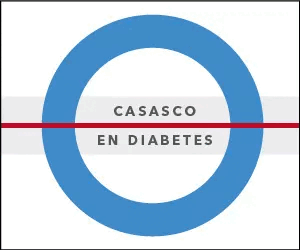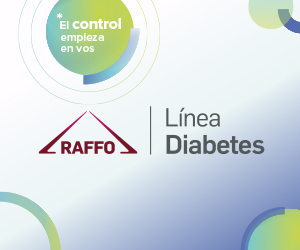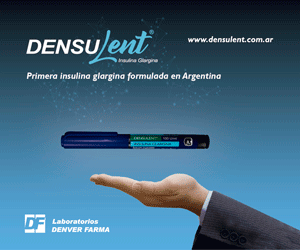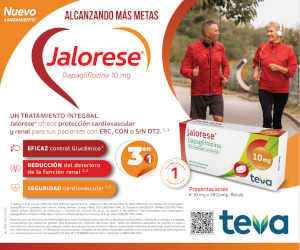O1 Early indicators of prediabetes and appropriate treatment
DOI:
https://doi.org/10.47196/diab.v54i3Sup.362Keywords:
indicators, prediabetes, treatmentAbstract
Objectives: Recognizing clinical-metabolic and nutritional indicators to identify early and prescribe an appropriate treatment for prediabetes and associated cardiovascular risk
factors (CVRF).
Materials and Methods: Cross-sectional, observational study in 183 adult people without diagnosed diabetes and risk assessment of T2D>= 13 (FINDRISC). It was determined in a combined manner: oral glucose tolerance test (OGTT), a clinical evaluation (QualiDiab), dyslipidemia and insulin resistance markers and nutrients intake
using a previously validated questionnaire. A descriptive, statistical analysis was made with a mean ± standard deviation (SD) or proportions; differences were verified using parametric and nonparametric tests, accordingly, considering meaningful the value p<0.05.
Results: The OGTT was normal in a 40.3% of the cases. There was no meaningful correlation found between FINDRISC score and OGTT alteration, except in the high risk subgroup (FINDRISC score of 15-20), which presented a meaningful increase in the incidence of prediabetes (p=0.034), representing more than a 78% of the sample. The
BMI (341 ± 9.1 vs. 29.7 ± 6.0) and the waist circumference (106.7 ± 17.6 vs. 97.8 ± 15.9 cm) were significantly higher in people with prediabetes (p=0.001). Their serum triglycerides (TG) were meaningfully higher than the normal (155.6 ± 79.2 vs. 121.3 ± 54.2 mg/dL; p=0.002), as was the insulin resistance percentage (IR- considering the high TG/HDL-c index) (56.7% vs. 32.4%; p=0.002). We also found statistical significance between HbA1c values (5.75 ± 0.42 vs. 5.4 ± 0.32 %; p<=0.001). The eating plan was not healthy (regarding nutrients distribution) in all the cases, which indicates the need to provide the relevant education.
Conclusions: High FINDRISC score, associated to BMI, unusually high waist circumference, hypertriglyceridemia and increased IR, facilitates early diagnosis of prediabetes and the relevant nutritional treatment.
Downloads
Published
How to Cite
Issue
Section
License

This work is licensed under a Creative Commons Attribution-NonCommercial-NoDerivatives 4.0 International License.
Dirección Nacional de Derecho de Autor, Exp. N° 5.333.129. Instituto Nacional de la Propiedad Industrial, Marca «Revista de la Sociedad Argentina de Diabetes - Asociación Civil» N° de concesión 2.605.405 y N° de disposición 1.404/13.
La Revista de la SAD está licenciada bajo Licencia Creative Commons Atribución – No Comercial – Sin Obra Derivada 4.0 Internacional.
Por otra parte, la Revista SAD permite que los autores mantengan los derechos de autor sin restricciones.

































